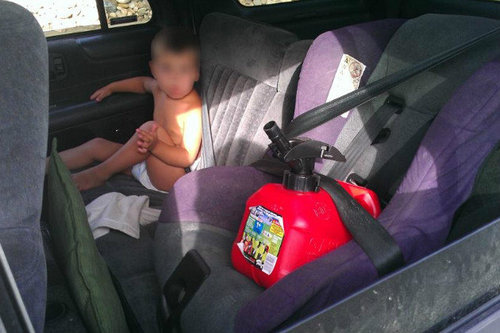Today’s big headlines involve the recognition (finally) that law enforcement officers have risky jobs. But not just in the ways you might think. Sure, they frequently deal with criminals who have ill intent or deadly weapons. But some of the risks they face can be mitigated by simple actions.
Here are some factoids:
- 42% of police officers killed in auto crashes were not wearing seat belts
- Overall seat belt compliance among law enforcement officers is about 50%, whereas the general public’s compliance is 86%
- 36% of officers killed are not wearing body armor
Unfortunately, a culture has developed among law enforcement (and prehospital / EMS professionals) that seat belts are not necessary (for them). The sad truth is that these professionals are at much higher risk for injury, especially in car crashes, because they must drive faster and in more stressful situations on a regular basis. And police officers (especially in the US) are more and more often confronted with firearms.
Why on earth would they not want this simple protection? Body armor is hot, unwieldy and uncomfortable, especially in warm weather climates. And police officers complain that seat belts complicate getting out of their vehicles, and can get snagged on their utility belts and uniforms.
A number of major police departments and police unions are now pushing for mandatory requirements for seat belts and body armor use at all times. There is now broad recognition that using these devices may cut fatalities in half. Agencies are beginning to check body armor at roll call, and random checks are sometimes performed on the streets by inspectors.
Unfortunately, we need to recognize this problem in EMS as well. And the culture there needs to change, so that protecting the trauma professionals becomes as important as helping the patients that they treat.
Related post:
Reference: Characteristics of Law Enforcement Officers’ Fatalities in Motor Vehicle Crashes. US Dept of Transportation – National Highway Traffic Safety Administration, publication DOT HS 811 411.
Extreme Seat Belt Fail:


